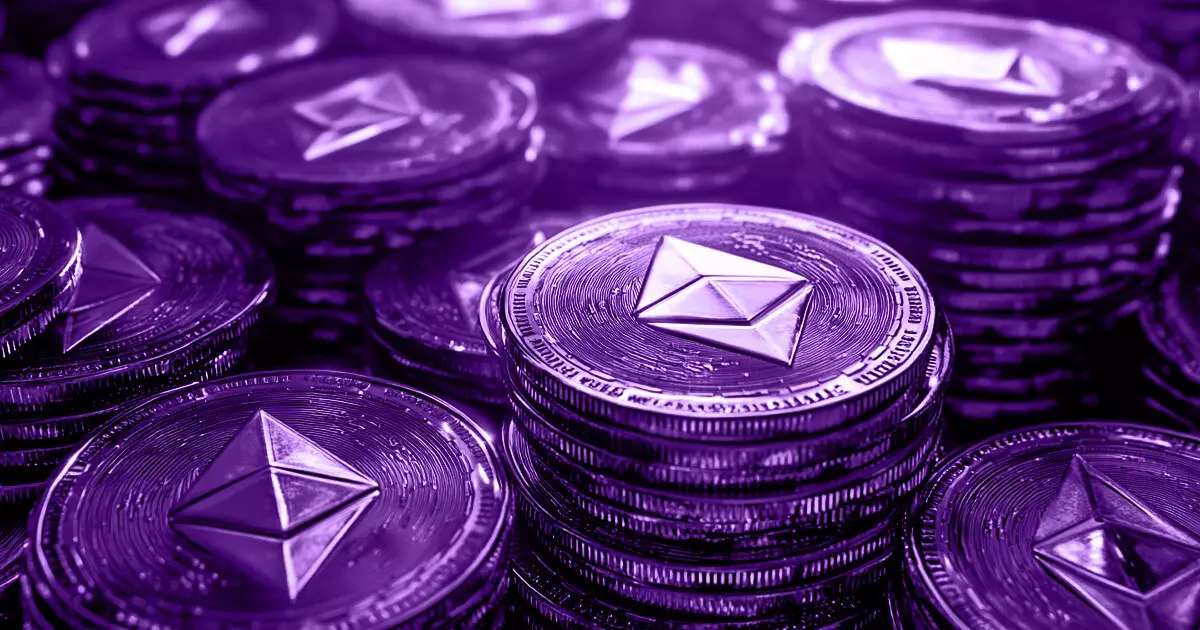In a landmark development for cryptocurrency users, Kraken, a leading crypto exchange, has unveiled its integration with EigenLayer, a protocol designed to optimize the Ethereum staking experience. This partnership, which was officially announced on October 15, aims to democratize the practice of restaking Ethereum (ETH), making it more user-friendly and accessible. The heart of this initiative lies in the desire to open up opportunities for less tech-savvy participants in the crypto space, catering specifically to the large segment of users who primarily engage with centralized exchanges (CEXs).
However, it’s worth noting that participation in this innovative restaking program is currently restricted to verified Kraken Pro users at an Intermediate level or higher. Compounding the exclusivity, U.S. residents are barred from utilizing this feature due to prevailing regulatory constraints. This limitation could potentially alienate a significant portion of the user base, raising questions about the exchange’s approach to fostering broader participation. While the integration could indeed simplify the process of restaking, Kraken must navigate the regulatory landscape carefully to ensure they don’t miss out on a larger audience.
At its core, restaking presents a unique opportunity for Ethereum validators and stakers to leverage their existing assets to secure decentralized applications (dApps) on the Ethereum network. The EigenLayer protocol is pivotal in this ecosystem, allowing users to repurpose staked ETH not just to maintain Ethereum’s security but to support additional networks or projects in the DeFi space. Such capabilities can lead to increased yields for users, creating a compelling proposition for those willing to engage with the process.
Kraken’s inclusion of restaking allows users to earn rewards on ETH that they have already staked on the platform, boosting their potential earnings while contributing to the network’s security. This aspect of the integration could be a game-changer for many users, as it adds an additional layer of functionality to their existing holdings and makes staking more lucrative.
Despite the promising features of this integration, it comes at a time when EigenLayer is grappling with a notable decline in its total value locked (TVL). Recent data revealed a drop from a peak of over $20 billion in June to a current level of approximately $11.45 billion. This downturn can be attributed to several factors, including the end of airdrop campaigns that previously sparked significant interest within the community.
Nevertheless, market analysts remain optimistic. They foresee that Kraken’s integration could help reverse this trend by providing increased accessibility to a wider audience. As the infrastructure becomes more approachable through CEXs, Ethereum enthusiasts may find renewed interest in participating in restaking, ultimately reinforcing EigenLayer’s position in the DeFi landscape and encouraging a resurgence in its total value locked.
Kraken’s recent collaboration with EigenLayer marks a significant step forward in enhancing Ethereum’s staking capabilities while also raising essential questions about accessibility and regulatory challenges in the expanding world of decentralized finance. By forging a path towards making restaking approachable, Kraken could very well be leading the way to a broader, more inclusive crypto ecosystem.



















Leave a Reply